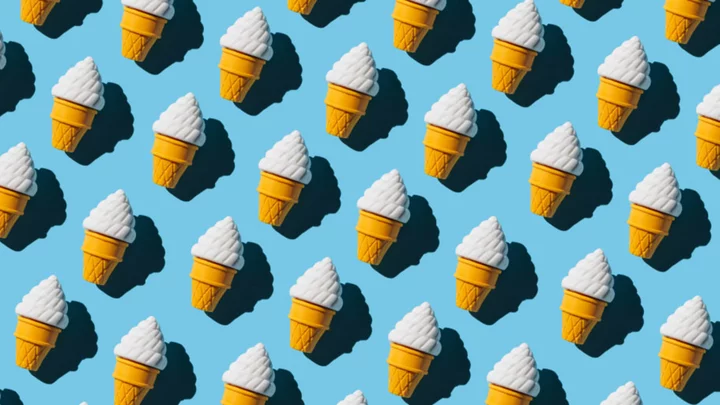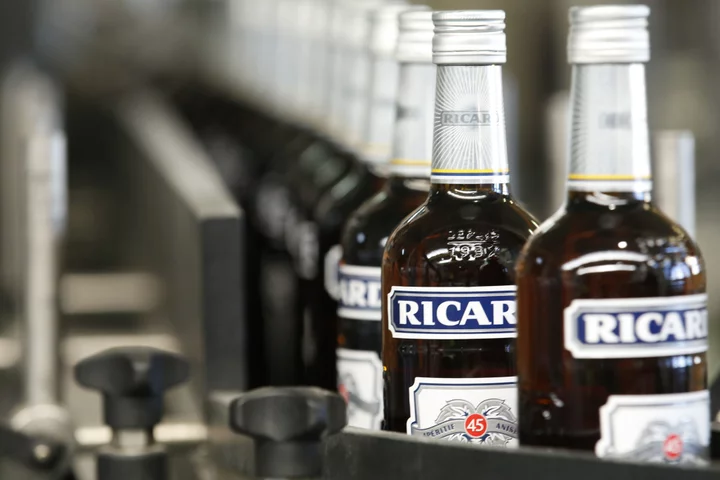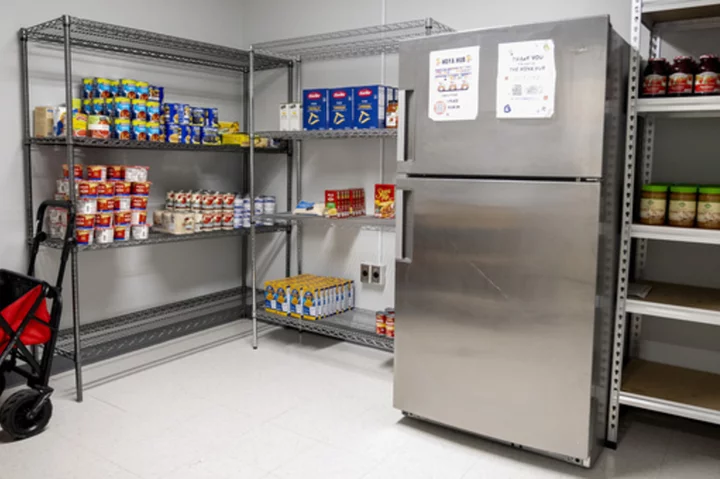It’s been said that Dolley Madison, wife of President James Madison, helped bolster support for her antisocial husband in Washington by being a gregarious and charming hostess. Her celebrated parties often included music, elaborate dinners, and plenty of drinks.
For dessert, there was oyster ice cream.
In the early 1800s, there were no accepted rules about how to flavor, prepare, or even serve ice cream, other than the fact it had to be done rather quickly. An absence of mechanical refrigeration meant that chefs relied on ice houses—where large chunks of ice were stored—and elaborate, hand-cranked machines in order to dish out the good stuff. Enjoying ice cream was an event normally only enjoyed by society’s elite. How did we get from there to producing 1.38 billion gallons of it annually? To answer that, we’ll need to delve into the history of ice cream.
No one is entirely sure who first had the notion to prepare a sub-zero dessert treat. Stories abound about Alexander the Great snacking on snow flavored with honey and nectar and of Roman emperors sending lackeys out to fetch snow from the mountains for a primitive sno-cone.
“Whether it started in China or Italy, no one was really keeping record,” Amy Ettinger, author of Sweet Spot: An Ice Cream Binge Across America, told Mental Floss in 2017.
It’s likely that credit for mixing dairy products into a frozen confection belongs to the Tang Dynasty of the 7th, 8th, and 9th centuries. Using milk from cows, goats, or buffalo, lowered into ice pools in metal tubes, this embryonic version of ice cream was a treat for emperors. A thousand years later, Italy and France began toying with their own versions of the dessert. A milk-based sorbet recipe originated in Naples; the French used cream, sugar, and orange-flavored water to make “fromage,” though it contained no cheese.
Ice cream’s delicious pilgrimage from Europe to America is a little easier to track. According to Ettinger, it was George Washington who helped popularize the treat among high society beginning in the 1770s. Washington had learned of ice cream through Norborne Berkeley, the royal governor of the colony of Virginia, who served it at a dinner Washington attended. “Washington loved it and started serving it at state functions,” she said.
At Washington’s estate at Mount Vernon, a 300-piece set for making and serving ice cream took up permanent residence in the kitchen. Because it was such a labor-intensive ordeal, serving ice cream became a status symbol. “There were bragging rights to it,” Ettinger said. “It became very popular in Washington at very elite functions.”
Ice cream continued to be a rare treat, with political figures like Thomas Jefferson and the Madisons reserving it for special occasions. Jefferson even jotted down a recipe for it that called for two bottles of “good cream,” six eggs, and a half-pound of sugar flavored with vanilla and then frozen.
As the use of insulated ice houses grew, so did ice cream's popularity: Some July 4 parties in Washington held sightings of the delicacy that surprised people for being frozen in the heat of summer.
Throughout the 1800s, a series of technological innovations helped usher ice cream from exclusive events to mainstream availability. Refrigeration, homogenization, and delivery methods made the manufacture and distribution of the frozen treat possible. Ice cream was no longer part of class distinction.
According to Ettinger, 1904 was a big year. That was when the ice cream cone was popularized at the St. Louis World’s Fair, putting an end to the labor-intensive process of washing ice cream dishes at soda fountains. Suddenly, ice cream could be taken on the go, and ice cream parlors didn’t need to invest in dishwashers.
The next big shot in the arm was Prohibition. When the 18th Amendment was enacted in 1920, a number of bars and saloons converted to soda fountains, exchanging one indulgence (alcohol) for another (sugar). Even beer makers like Yuengling and Anheuser-Busch started making the sweet stuff. “That first year of Prohibition, a tremendous amount of ice cream was consumed,” Ettinger said. “Soda fountains became a social hub.” Between 1916 and 1925, American ice cream consumption went up by a staggering 55 percent.
The deluge of ice cream was accompanied by the introduction of novelties: the unfortunately named Eskimo Pie (ice cream wrapped in a hard chocolate shell), the Drumstick (ice cream wrapped in peanuts), and Good Humor bars that came on a stick for getting plump while on the go. Even with the end of Prohibition in 1933, it would take the Great Depression and a world war to get Americans to stop eating so much ice cream.
“With the lack of sugar, production of ice cream fell off,” Ettinger says. But troops were spared any cravings. “Ice cream was served to troops for combat fatigue. It was prescribed by military doctors.” The Navy even had an ice cream barge that could produce 10 gallons every seven minutes.
Since the end of the war, virtually nothing has stopped ice cream’s dominance as the preferred way to combat a hot summer’s day. Häagen-Dazs broke the mold of vanilla, chocolate, and strawberry with a wider variety of flavors, while mix-ins like Dairy Queen’s Blizzard kept shifting the goal posts for premium treats. Ice cream had become so closely identified with America that it was often the first thing sampled by people arriving on Ellis Island.
According to Ettinger—who began her research in San Francisco with the artisanal shops there and went on ride-alongs on ice cream trucks—ice cream’s appeal is simple. “It’s the quintessential American dessert,” she said. And ice cream enthusiasts continue to experiment with unusual flavors, from fois gras to Cheetos.
Despite the variety of flavors, no one seems as keen on oyster ice cream as Dolley Madison. Perhaps that’s because it was likely little more than frozen oyster chowder with the oysters drained out. Gross? Maybe. But no history of ice cream would be complete without it.
A version of this story ran in 2017; it has been updated for 2023.
This article was originally published on www.mentalfloss.com as A Cool History of Ice Cream.









